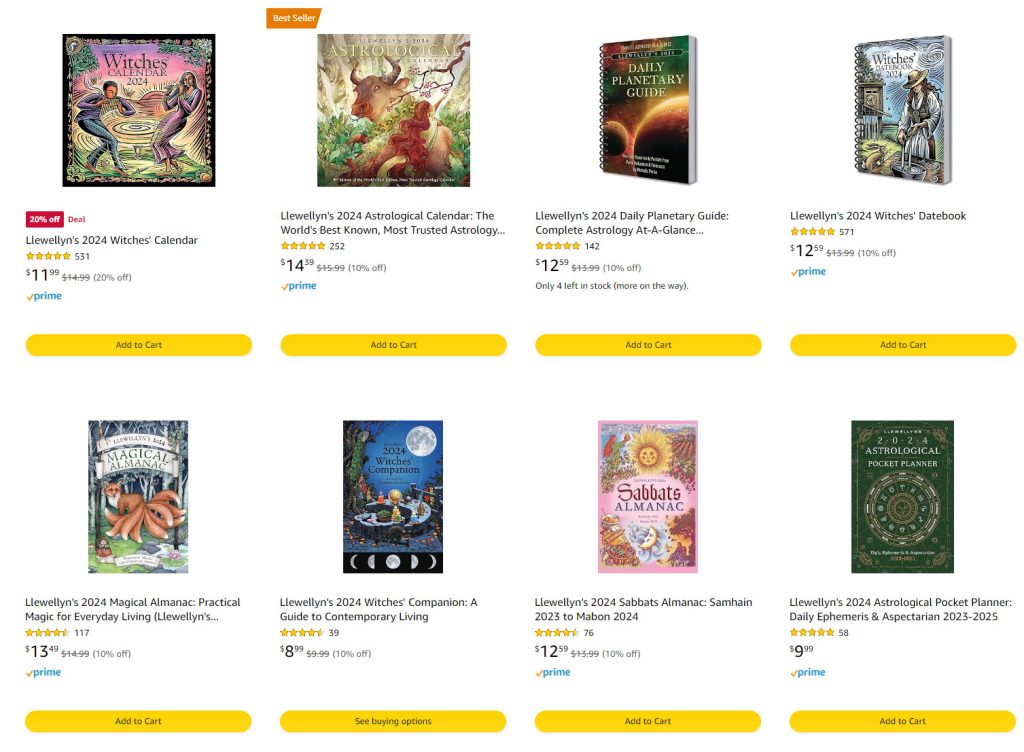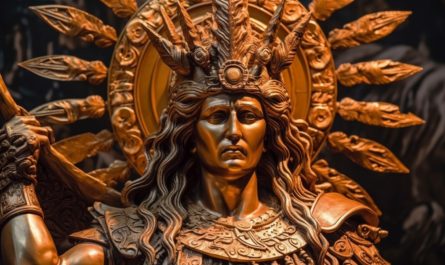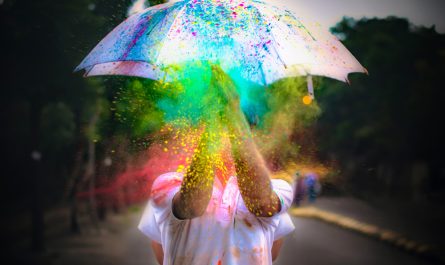Last Updated on February 1, 2025 by Avia
Everyone knows Valentine’s Day, February 14th, is a day associated with love. But what are the symbols associated with it, and why? Heart-shaped cards, red roses, and boxes of chocolates are some of the most recognizable symbols of this romantic holiday. But why do these symbols have such a strong association with Valentine’s Day? If you’ve ever asked yourself these questions, I’ve got answers. Too often, holiday symbols are taken for granted, and we seldom take the time to pull the thread on symbol origins – much less why certain things have become iconically associated with a certain day. So, I thought it would be a keen idea to present some insights into Valentine’s Day symbols – what they are and why we hold them synonymous with this day devoted to love. Read on to find out more!
Table of Contents
- The History Behind Valentine’s Day
- Gods and Goddesses Associated With Valentine’s Day
- Holidays Similar to Valentine’s Day Around the World
- History of the Heart Symbol
- More Symbols of Valentine’s Day
- The Tradition of Sending Valentine’s – Love Notes and Cards
- The Tradition of Sending Flowers on Valentine’s Day
- History of Giving Chocolates on Valentine’s Day
- Frequently Asked Questions About Valentine’s Day
- Closing Thoughts About Valentine’s Day Symbols
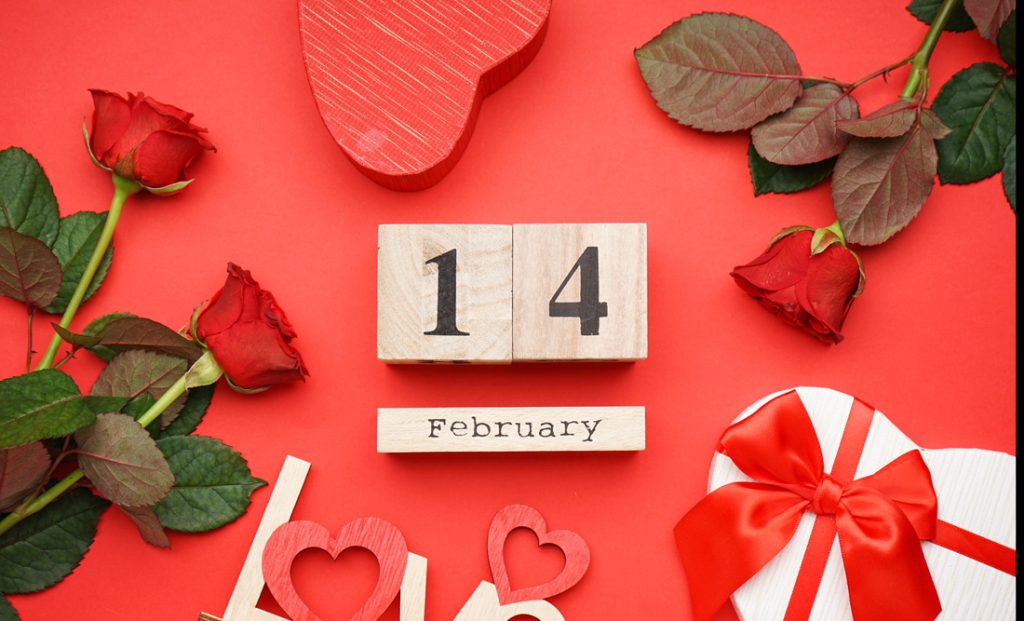
The History Behind Valentine’s Day
Valentine’s Day is a holiday that has been celebrated for centuries. The holiday has its roots in ancient Roman tradition, and the day was originally associated with the Roman god Lupercus. Lupercus was the god of fertility, and the Roman festival of Lupercalia was originally created to celebrate his power.
The holiday eventually became associated with the martyr Saint Valentine. According to legend, Saint Valentine was a priest who defied the orders of Emperor Claudius II, who had banned marriage because he believed it made men too weak to fight in battle. Saint Valentine continued to perform secret marriages, and as a result, he was put to death.
The holiday slowly spread throughout Europe, and by the Middle Ages, it was being celebrated in many different countries. In England, for example, the holiday became associated with courtly love, and lovers would exchange handwritten notes known as “valentines.”
Today, Valentine’s Day is celebrated in countries all over the world. It is a day when people express their love for one another through cards, flowers, chocolates, and other gifts.
Gods and Goddesses Associated With Valentine’s Day
There are many different gods and goddesses associated with Valentine’s Day. Some of the most popular include Venus, the Roman goddess of love and beauty; Aphrodite, the Greek goddess of love and beauty; and Cupid, the Roman god of love.
Other gods and goddesses associated with this holiday include Eros, the Greek god of love; Anteros, the Greek god of mutual love; and Freya, the Norse goddess of love. Each of these deities has their own unique story and symbolism associated with them.
Venus is perhaps the most well-known deity associated with Valentine’s Day. She is the Roman goddess of love and beauty, and is often depicted holding a flower or a mirror. Aphrodite is her Greek counterpart, and is also known as the goddess of love and beauty. She is often shown riding a swan or carrying a dove.
Cupid is another popular figure associated with this holiday. He is the Roman god of love, and is often depicted as a small boy with wings who carries a bow and arrow. His name comes from the Latin word “cupido,” which means “desire.” Eros is the Greek equivalent of Cupid, and is also known as the god of love. He is often portrayed as a young man with wings, carrying a torch or a bow and arrow.
Anteros is another lesser-known figure associated with Valentine’s Day. He was originally known as the do-gooder of love (sort of like Cupid). Often known as the god of requited love (unlike unrequited love – Anteros supported love that is given and equally received.
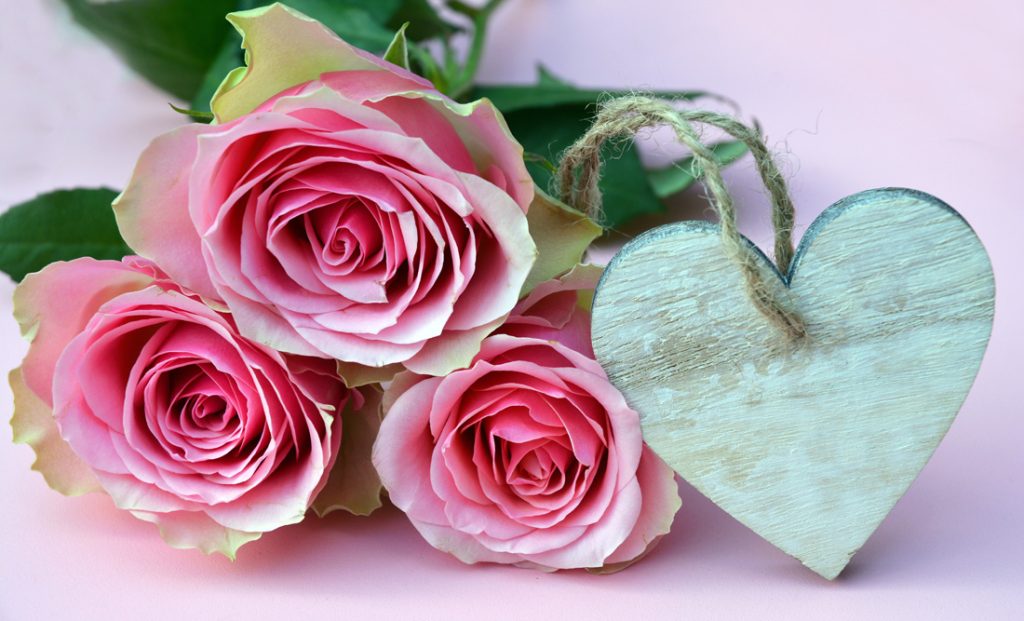
Holidays Similar to Valentine’s Day Around the World
There are many holidays similar to Valentine’s Day around the world. In Japan, there is a holiday called White Day where men give women gifts.
- South Korea: In South Korea, there is a holiday called Black Day where people who didn’t receive gifts on Valentine’s Day or White Day get together and eat black bean noodles.
- China: There is a holiday called Qingming Festival in China, where people visit the graves of their ancestors and clean them on this special day.
- Vietnam: The holiday called Tet Nguyen Dan is similar to Valentine’s day. It is a devotional day when people exchange gifts of love and decorate their homes with flowers associated with love.
- Brazil: While not celebrated in February, Brazilians have a day devoted to love known as Dia dos Namorados (or “Lover’s Day”) on June 12th. In Brazil, people celebrate this day of love with gifts, parties, romance, decorations, and good food.
- Denmark: On this day, the Danish take a humorous approach to love and affection. Instead of cutsie love notes, they send out Gaekkebrev. These are witty notes in which jokes are written to amuse recipients. It’s a light-hearted way to inject laughter and joviality on this loving day.
History of the Heart Symbol
The heart symbol is one of the most enduring and popular symbols of love. While its origins are unknown, the heart symbol has been used in art and literature for centuries. The first known use of the symbol was in a 13th-century Italian manuscript. The symbol quickly became associated with love and romance.
In the 17th century, the heart symbol was used extensively in portraits, often as a sign of affection between two people. In the 18th century, the heart symbol began to be used on jewelry, particularly rings and necklaces. The 19th century saw a further increase in the use of the heart symbol on jewelry and other objects.
The 20th century saw a decline in the use of the heart symbol, but it experienced a resurgence in popularity in the 21st century. Today, the heart symbol is widely used as a representation of love and affection – especially as a Valentine’s Day symbol.
If you watch the Big Bang Theory, you might recall the Amy Farrah-Fowler character espousing the meaning of the heart symbol. I forget which episode it was, but she mentioned that the heart icon resembles the curvy nature of a woman’s bum. I don’t know about the legitimacy of this statement, but if you look at the heart – it does have some very feminine qualities worthy of pondering as a symbol of love.
Heart Symbolism
The heart is the most common symbol associated with Valentine’s Day. It typically represents love, affection, and emotion. The heart is often seen as a representation of the soul. It is also seen as a symbol of life. The shape of the heart has been used as a symbol for centuries. The ancient Greeks and Romans believed that the heart was the seat of the soul. The heart is also a popular symbol in art and literature. In medieval times, the heart was often used as a symbol of chivalry.
More Symbols of Valentine’s Day
The most common symbols of Valentine’s Day are hearts, red roses, and Cupid. Hearts represent love, while red roses symbolize passion, and Cupid is often seen as the representation of love itself. Here are a few of the most common Valentine’s Day symbols and their meanings.
Cupid Meaning
Cupid is the Roman god of love, who is often depicted as a winged boy with a bow and arrow. His name comes from the Latin word “cupido,” meaning “desire.” Cupid is often associated with Valentine’s Day, as he is said to be responsible for making people fall in love.
Rose Meaning and Valentine’s Day
The rose is a symbol of love that has been used for centuries. Roses have long been associated with Aphrodite, the Greek goddess of love. In ancient Rome, roses were used as a symbol of secrecy and confidentiality. The rose was also a favorite flower of Venus, the Roman goddess of love.
In medieval Europe, the rose was a symbol of silence, purity, and chastity. This is because the rose was believed to be sacred and its beauty was so overwhelming it couldn’t be expressed with words. The language of flowers was very important during this time period, and the rose was often given as a gift with the hope that it would be understood. That’s where flower color meanings started trending because different colors conveyed certain messages to the recipient.
Get More About Rose Meanings on WYS Here
The meaning of the rose changed in the early 1800s when it became associated with romantic love. This is likely due to the fact that roses were often given as gifts between lovers during this time period. The tradition of giving roses on Valentine’s Day began in the mid-19th century.
Roses remain a popular Valentine’s Day gift today. They are often given by men to women, but they can be given by either gender to anyone they have feelings for. Red roses are typically given on Valentine’s Day, but any color rose can represent love.
Dove Symbolism
Doves are a popular symbol of love and peace. They are often seen as messengers of love, as they were considered to be the birds that brought Venus, the goddess of love, to her lover Mars. In ancient Greece, white doves were released at weddings as a sign of good luck.
Doves are also symbolic of fidelity and monogamy. Their long-lasting pair bonds are a representation of the strength of true love. The dove is also a popular Christian symbol. In the Bible, Noah releases a dove from the Ark after the floodwaters have receded. The dove returns to him with an olive branch in its beak, representing hope and new beginnings. All of these accounts of the dove are featured in a loving light. Therefore, the dove is often a symbol of Valentine’s Day.
Get More About Dove Meanings on WYS Here
Love Knot Meaning
The love knot is a symbol of eternal love. It is also known as the “true lover’s knot” because it is impossible to untie once it is tied. The love knot represents the never-ending cycle of love and is a popular choice for wedding and engagement rings.
In Medieval times (and even before), country folk (sometimes known as pagans) would incorporate love knots in wedding ceremonies. This tradition is known as hand-fasting. The rope that ties two hands together is symbolic (and also sympathetic magic) of two people being united and bonded forever. To this day, the term “tie the knot” when getting married is a throwback from handfasting and the love knot.
Shell as a Symbol of Love on Valentine’s Day
For many people, the shell is a symbol of love. It is often given as a gift on Valentine’s Day, and it is also used as a decoration on many cards and gifts. The shell is a reminder of the loved one’s voice and presence, and it can be worn as a beautiful piece of jewelry.
The shell is associated with the Roman goddess Venus, who is synonymous with love, desire, passion, and amorous concepts. Venus is often depicted emerging from the frothy seas riding atop a seashell. The Hindu goddess Lakshmi is another deity associated with love who bears the shell as her sacred symbol. In Hinduism, the shell is thought to be a powerful tool to conjure and evoke love. The conch shell, when blown, is considered to be a horn of love and believed to lure couples together with its mellow tones.
The Tradition of Sending Valentine’s – Love Notes and Cards

Valentine’s Day is a time-honored tradition celebrated by couples all over the world. What started as a Christian holiday honoring one of their own (St. Valentine), has become a secular celebration of love. One of the most popular symbols associated with Valentine’s Day is the sending of love notes and cards.
Over the years, the practice of sending Valentine’s Day cards has evolved. In the early days, people would hand-write their notes and cards. Today, many people still hand-write their notes, but there are also a plethora of beautiful, ready-made cards available. No matter how you choose to send your Valentine’s Day greetings, the important thing is that you do it with love!
The Tradition of Sending Flowers on Valentine’s Day
The tradition of sending flowers on Valentine’s Day is a long-standing one. For centuries, people have been sending flowers to their loved ones on this special day. The most popular flowers to send on Valentine’s Day are roses, lilies, and tulips. These beautiful blooms are symbols of love and appreciation, and they are sure to put a smile on your loved one’s face.
If you are looking for a unique way to show your affection this Valentine’s Day, consider sending your loved one a bouquet of their favorite flowers. Better yet, intensify your message of love by matching your feelings with the meaning of rose colors on Valentine’s Day and giving a symbolic, color-coded bouquet to your sweetheart.
History of Giving Chocolates on Valentine’s Day

The tradition of giving chocolates on Valentine’s Day is thought to have originated in the early 19th century, when English and American candy-makers began mass-producing chocolate candies. These candies were often given to children, and the holiday quickly became associated with exchanging gifts of candy and other sweet treats.
Today, giving chocolates on Valentine’s Day is a popular way to show your loved ones how much you care. Whether you opt for a box of store-bought chocolates or homemade treats, your gesture will surely be appreciated.
Frequently Asked Questions About Valentine’s Day
There are many theories, but the most popular one is that it originated from a Roman festival called Lupercalia. This festival was held every February 15th and was a celebration of fertility.
Some believe that the church may have purposely chosen this date to Christianize the pagan holiday of Lupercalia. Others believe that February 14th was simply the day when birds began to mate, which symbolized new life and fertility.
The heart shape is often used to symbolize love, affection, and emotion. It is also said to be representative of the human heart.
Flowers have been given as gifts for centuries and they continue to be a popular gift for Valentine’s Day. Roses are especially popular because they are associated with love and passion.
Closing Thoughts About Valentine’s Day Symbols
Valentine’s Day is a special day to celebrate love and affection. For many people, it is a day to express their love for one another. It can also be a day for exchanging gifts, enjoying special meals or treats, or simply spending time together. I hope these insights into Valentine’s Day symbols inspire you to embrace the beauty and meaning of this day. Take these symbols and incorporate them more mindfully when going about your day on February 14th. Better yet, keep these love symbols in your consciousness every day of the year to encourage love, connection, affinity, and joy. And of course, I’m wishing you a very happy Valentine’s Day! As always, thanks for reading!
Mighty brightly,

© Copyrighted. All Rights Reserved.
Want more? Me too! That’s why I’ve also got this for you on Whats-Your-Sign:


